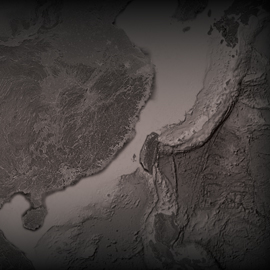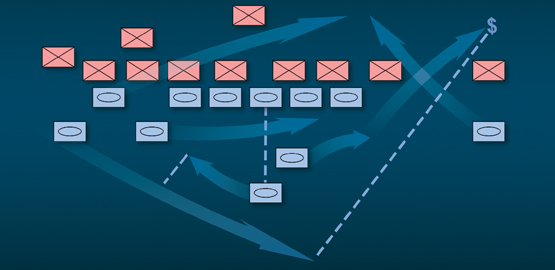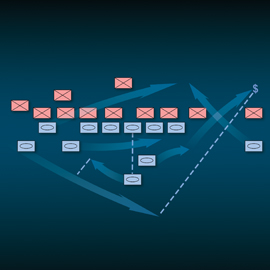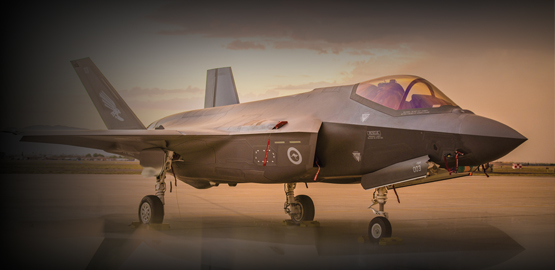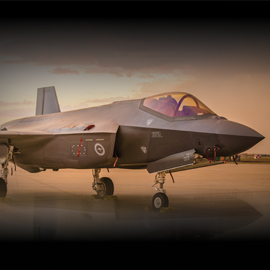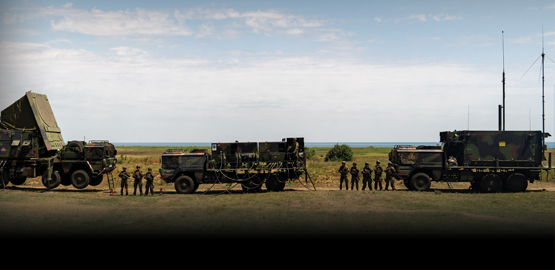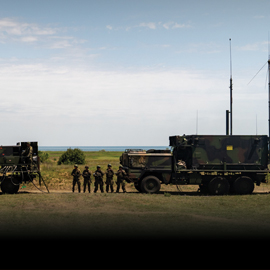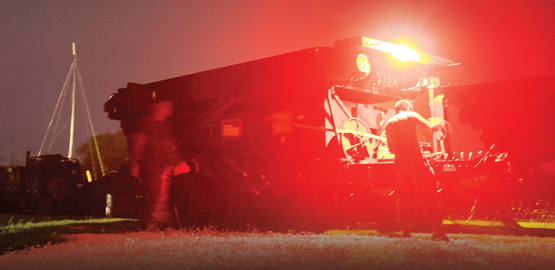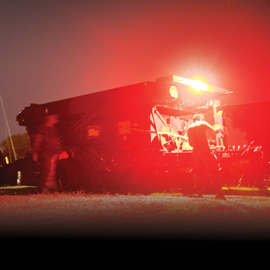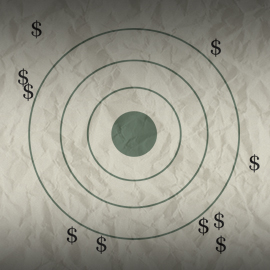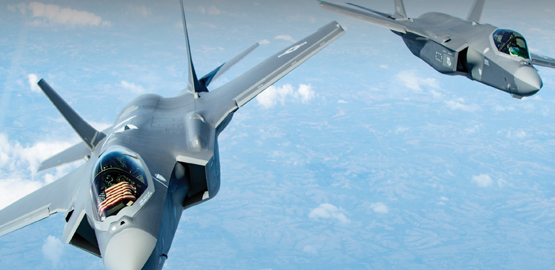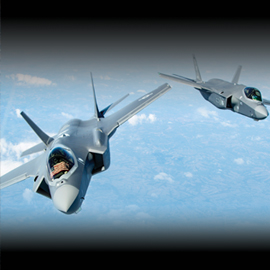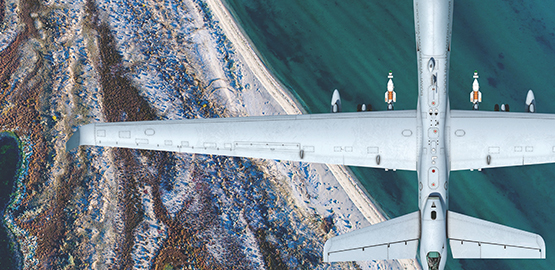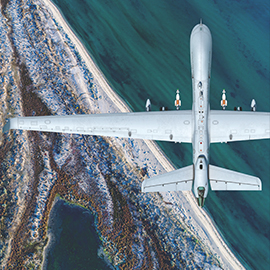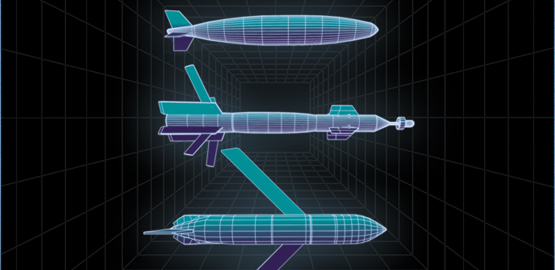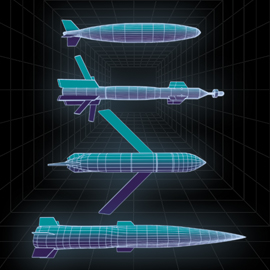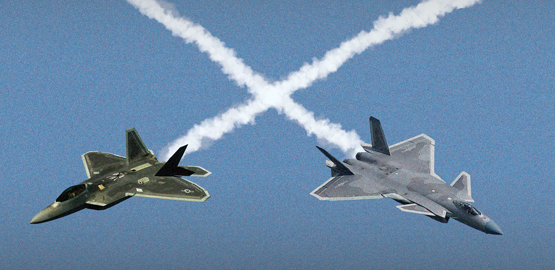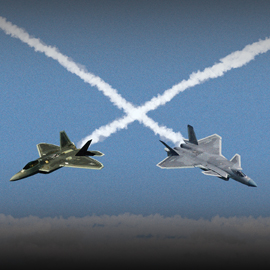While China conducts, and celebrates, the first jet takeoffs and landings on its new aircraft carrier Liaoning, the U.S. Navy is aiming to do even better. In a parallel series of tests this week, the sailing branch has taken huge steps towards deploying the first carrier-based robotic warplane.
The biggest milestone will be the X-47B’s first at-sea takeoff, slated for sometime next year. In the meantime, the Navy and drone-builder Northrop Grumman are practicing steering the pilotless warplane around a carrier deck and launching it using a steam-powered catapult — standard equipment on all 10 of the Navy’s full-size flattops/.../
The X-47B — more accurately, the frontline killer drone design meant to follow after the Northrop test model around 2018 — could fly much farther than the F/A-18: 1,500 miles versus the manned jet’s 400. “A carrier-based [Unmanned Combat Air System] with an unrefueled combat radius of 1,500 nautical miles or more and unconstrained by pilot physiology offers a significant boost in carrier combat capability,” the Washington, D.C.-based Center for Strategic and Budgetary Assessments posited in a 2008 study.

